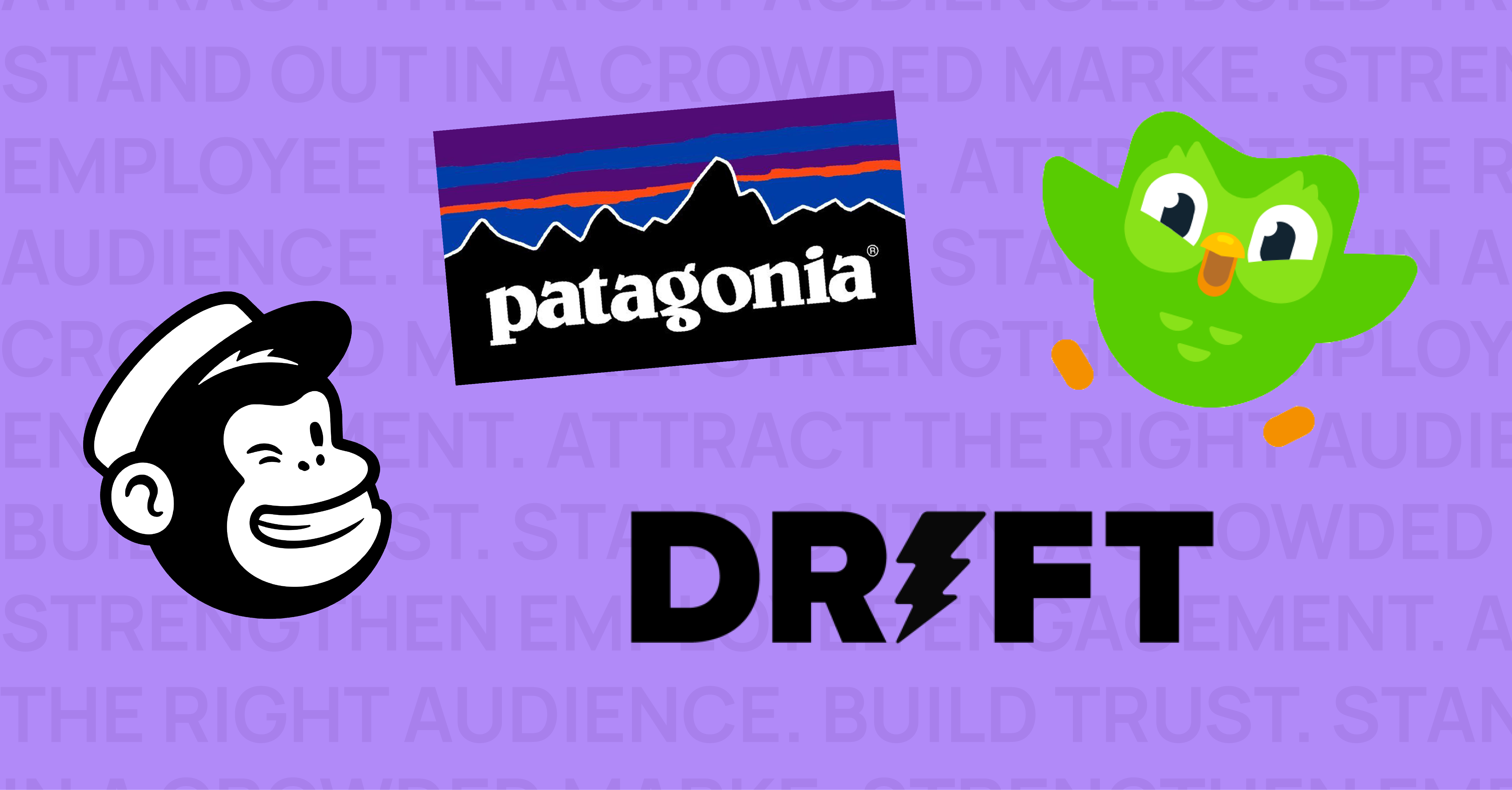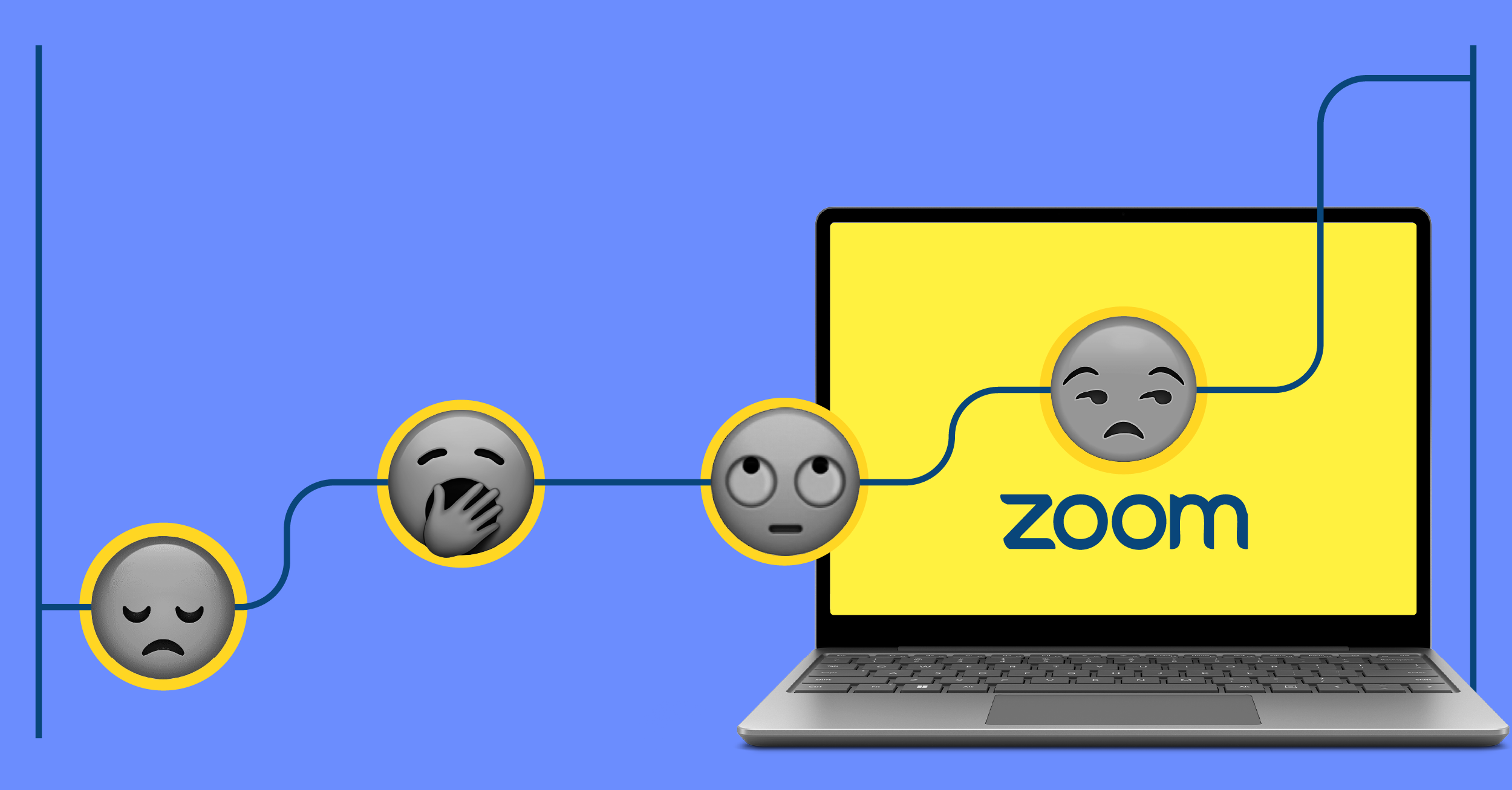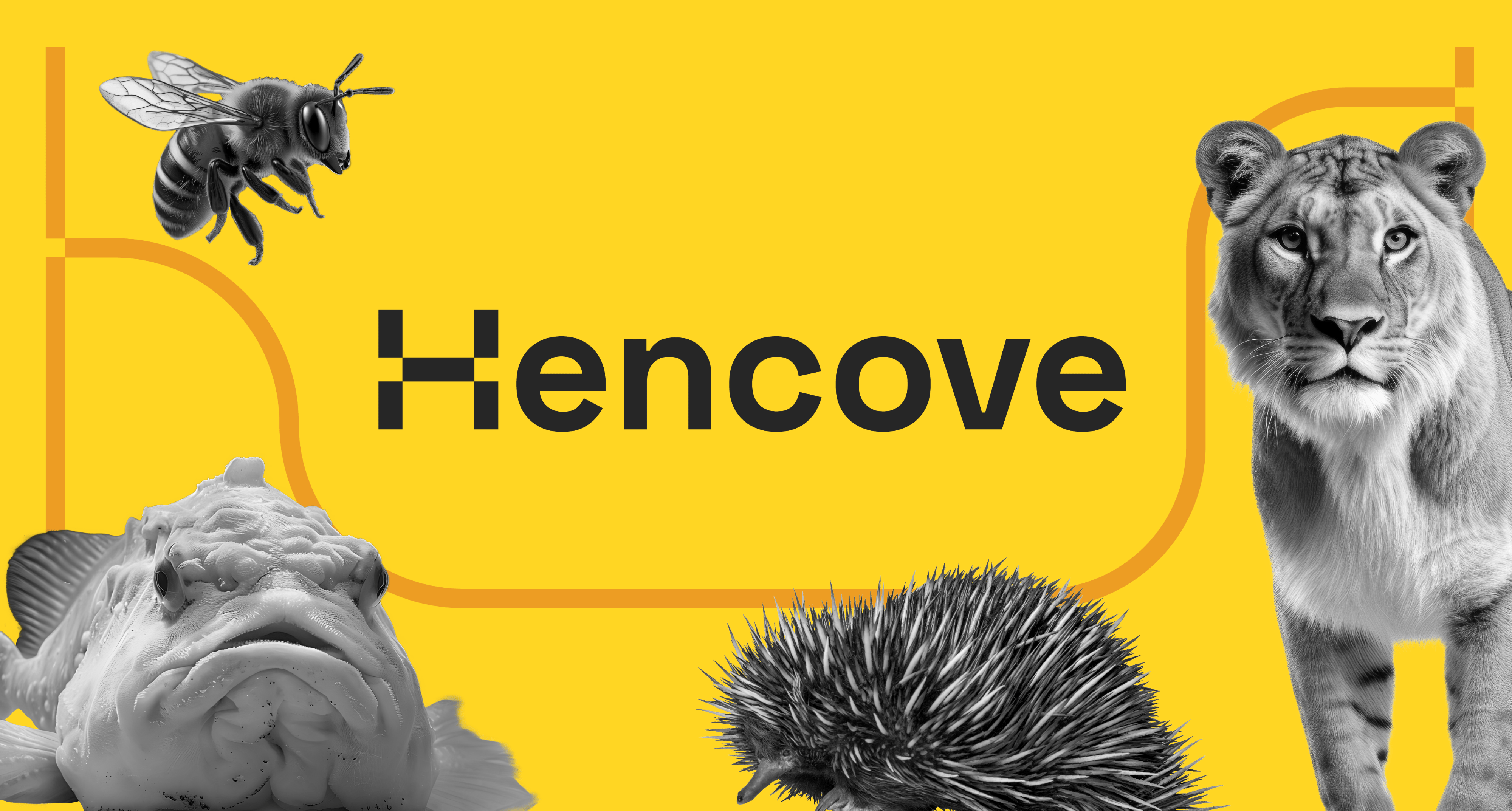As we dive into a new year, we’re excited to welcome a new team member. Erin Eby joins the Cove as Brand Director, bringing deep and wide experience in branding, art direction, storytelling, and marketing. Her travels have taken her around the globe, literally, offering expertise to companies of all shapes and sizes. Clients across a broad range of sectors have benefitted from her creative thinking, including healthcare, tech, and consumer packaged goods.
We chatted with Erin specifically about branding, how it supports marketing, and what she’s learned from her experience.
Hencove: Can you talk a little bit about what branding is and what it isn’t?
E: Often, people make the mistake of thinking of a brand as a thing—somethingthat’s owned and controlled by a company: a logo, a website, or an ad. It’s more accurate to think of a brand as intangible: a set of beliefs in the minds of an audience about a product or organization. When you frame it this way, you begin to understand that all of the communication assets of a company—including logo, sales materials, website, ads—are simply a set of tools that an organization has to influence its brand. In other words, changing your brand really means changing the minds of your audience, not the color of your logo.
When I think about brands, I often remember this quote, “Communication is not what you say, it’s what the other person hears.” Successful branding requires an organization to deeply understand who they are—which is really hard—and effectively transfer that understanding to its audience, which is arguably harder. For me, it’s this challenge that makes branding and marketing work so rewarding. Because when you discover the truth at the heart of a brand and use that truth to persuade people to act or feel a different way about a company, it’s the best.
Hencove: How does branding fit into marketing?
E: Branding is what should underpin good marketing. I think a train is an apt metaphor: branding is the payload—the thing we aim to deliver to our prospects—and marketing is the tracks that we lay down to get it to its intended destination—the hearts and minds of our audience.
The train metaphor holds true when we consider the branding and marketing process and lifecycle. What use is a train that can only run in one direction? Effective branding and marketing should be a cyclical, adaptive process. I see the work we do as equal parts speaking to, and listening to, our clients’ audiences. When you put a message out there, it’s important to study how it is received and consider what can be adjusted to improve the communication. Branding and marketing go hand in hand toward that goal.
Hencove: Are there any common misconceptions or mistakes you’ve seen organizations make around branding?
E: Rule Number 1: Know Thyself. This is much harder than it seems. A company should be clear on who they are today, and how they want to be perceived, before they step up to the proverbial microphone. It’s worth the time to regroup regularly, because your clients’ needs are constantly evolving. Checking in to gauge where your business stands today will ensure that your brand and marketing are in line.
The other thing I’ve noticed is that many B2B marketers put on their “business hat,” which they feel should be different from their “human being hat” when communicating to customers and prospects on behalf of their company. How they act and speak as a “business” becomes cold, distant, or impersonal. It’s important to remember that businesses never make purchasing decisions. People do. It always comes down to an individual saying, “We should get X product to solve Y problem,” or, “I think Z company is the right one to award this contract to.” And, as behavioral economics studies prove repeatedly, purchasing decisions—including huge ones—are made emotionally rather than rationally. Turns out, people are people no matter if they’re home in their PJs or if they’re sitting at their desk at work. When you speak to them as emotional individuals, rather than as nameless and faceless entities, they’re more willing to engage.
Hencove: What is your favorite part of collaborating with different organizations?
E: One of my favorite things about partnering with smaller organizations is that we’re often collaborating with someone instrumental in creating and running the business. I have great respect for people who are brave enough to stick their neck out there and create something from nothing. When you talk to someone close to an idea, it’s contagious, and you can’t help but feel invested in it yourself. It’s really fun to help them communicate the way they feel about their business and make sure that connects with the people they want to reach.
I also love solving big, tangled problems. The best solutions always seem obvious once you arrive at them, but the process of getting there is a really enjoyable challenge. It’s often hard for finance clients, for example, to see a business challenge as solvable through anything other than financial means. Or for engineers to imagine a solution that doesn’t involve engineering. But as branding and marketing experts, we’re blessed with the gift of outsider ignorance, and have the pleasure of presenting fresh and effective solutions that our clients often hadn’t considered.
Hencove: Okay, time for a speed round!
- Favorite hobbies outside of work? … I love to dance, decorate, refinish furniture, and spend time with my husband and three kids
- Good book you’ve read recently? … “Never Split the Difference”
- One place you’d like to visit … Thailand
- Favorite food? … Salty French fries are a serious weakness
- Best dad joke? … What do you call it when Batman skips church on Sunday? Christian Bale.
Welcome to the team, Erin!
If you’re interested in learning more about branding and brand development get in touch with us here.



